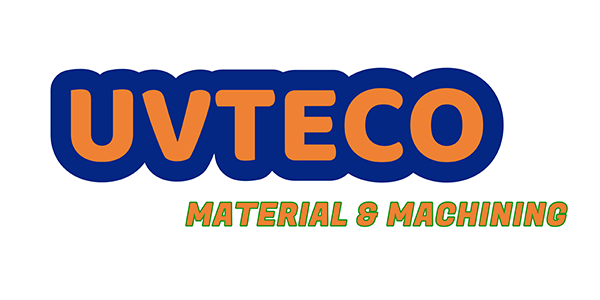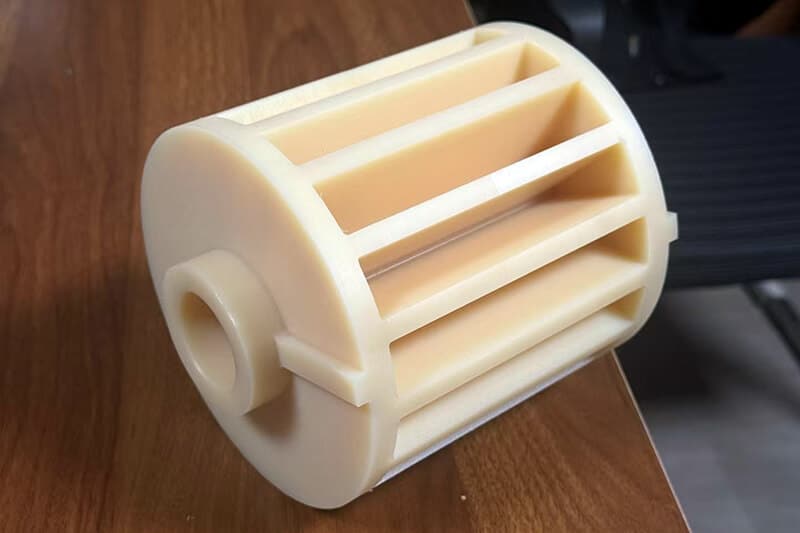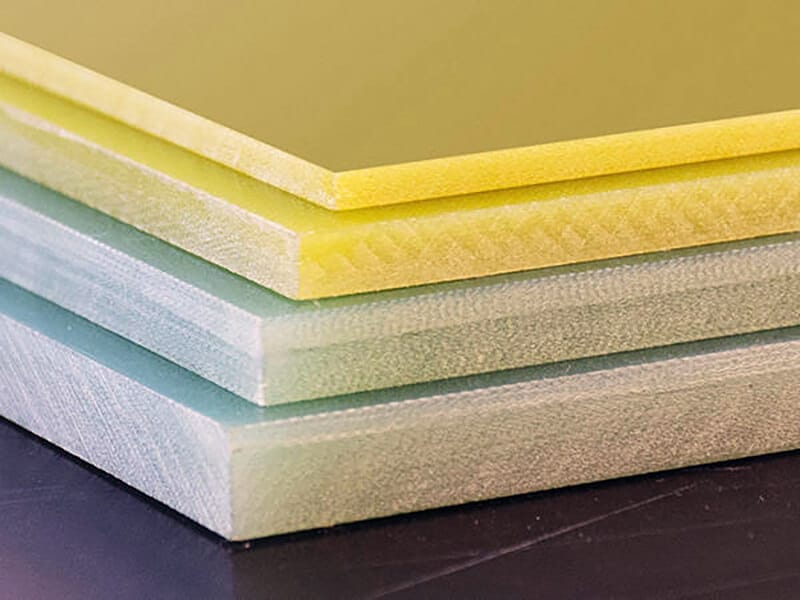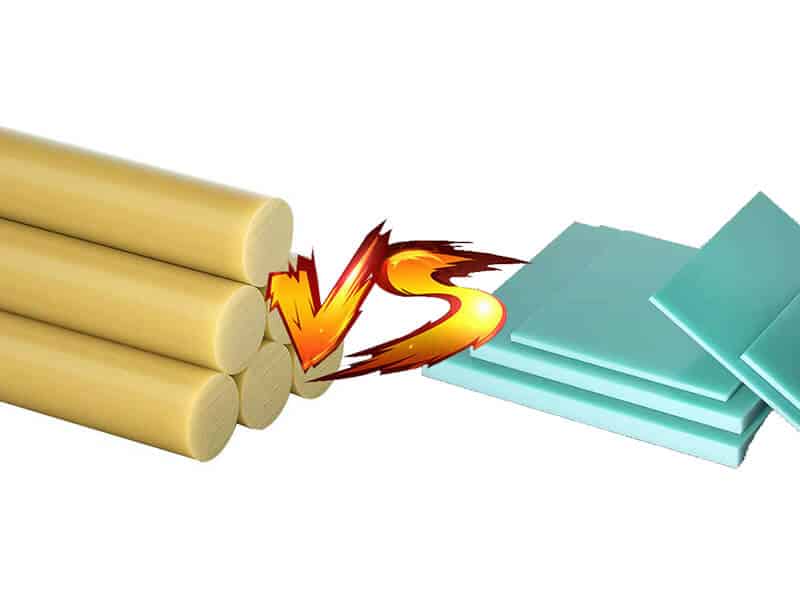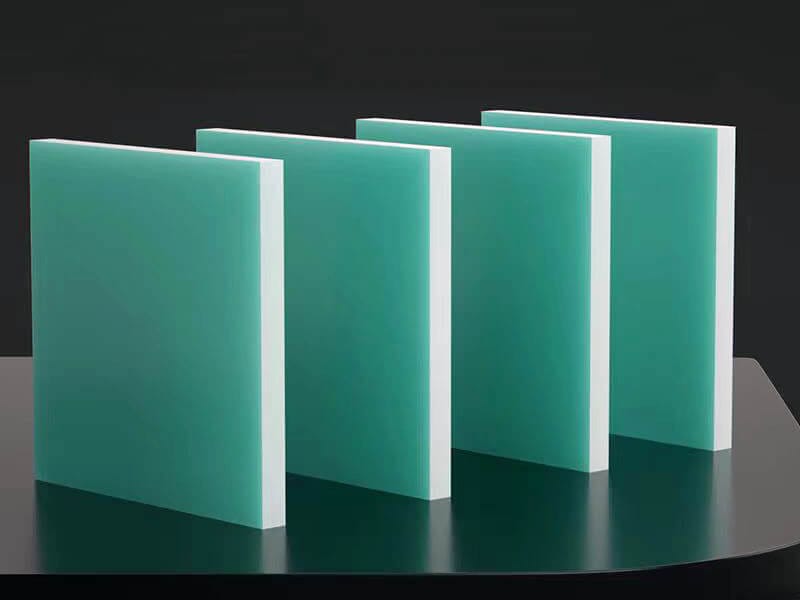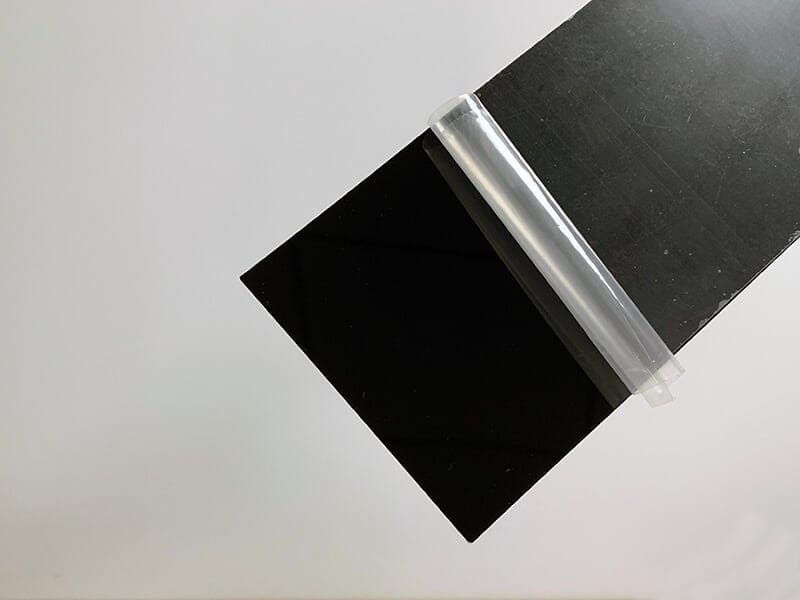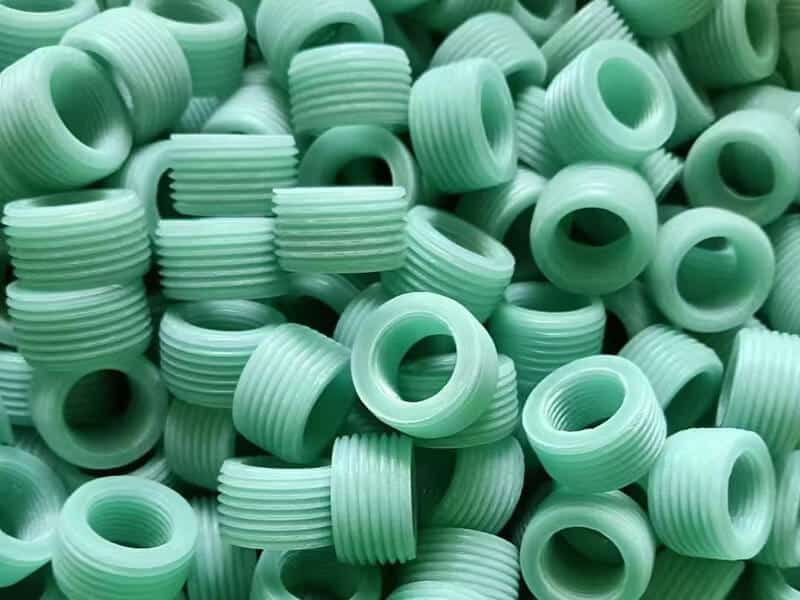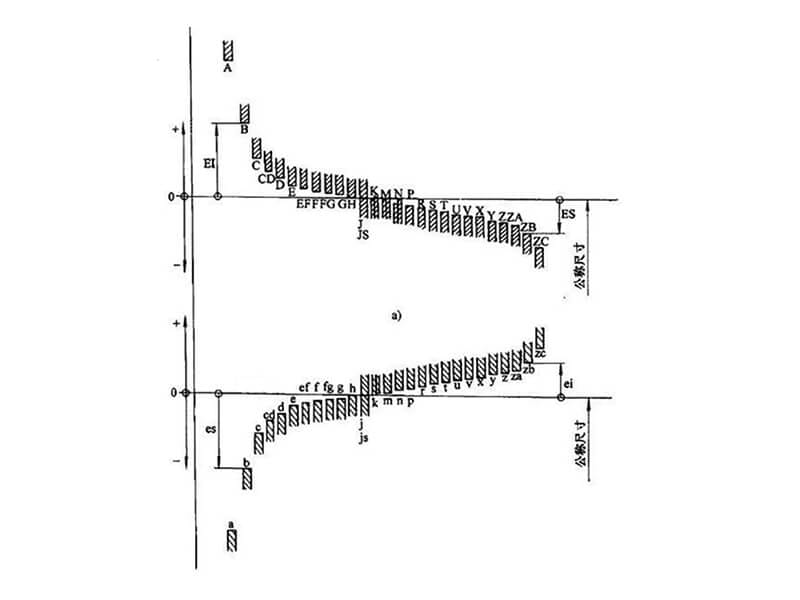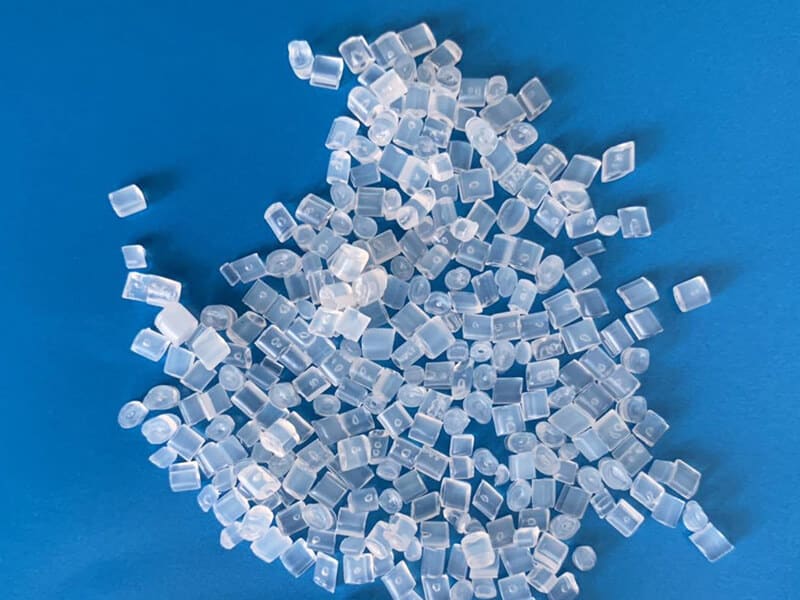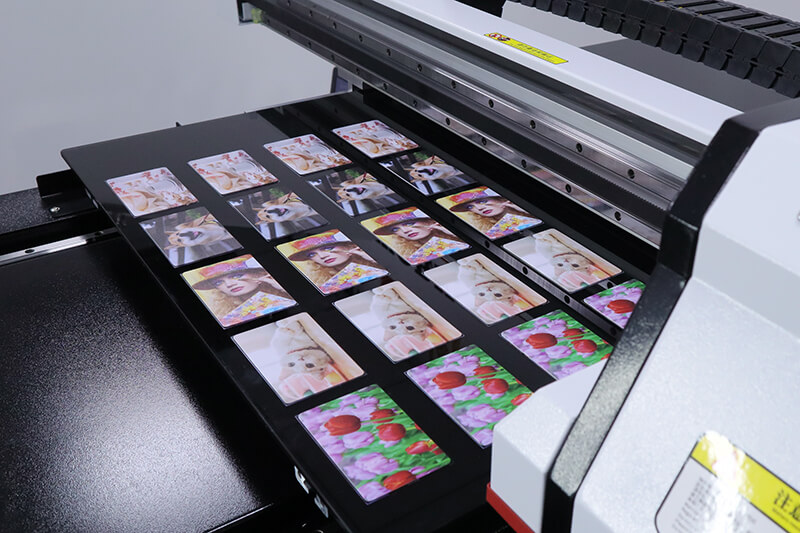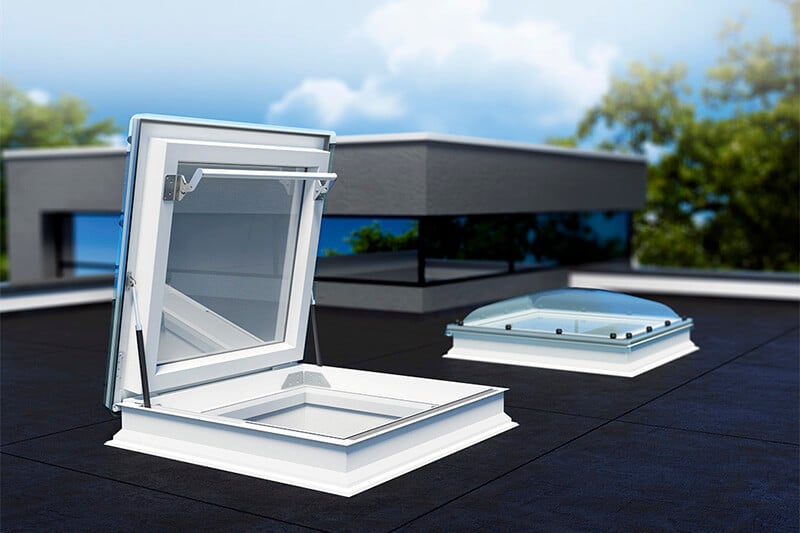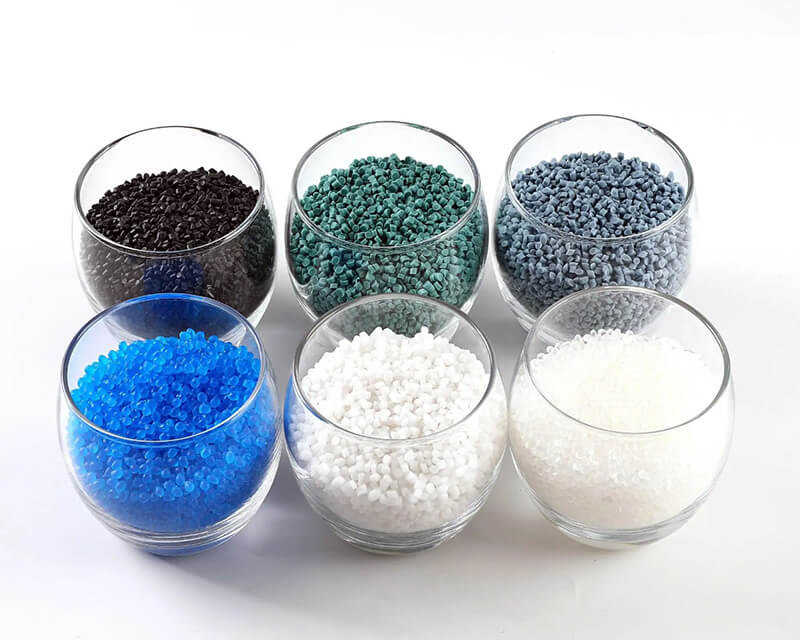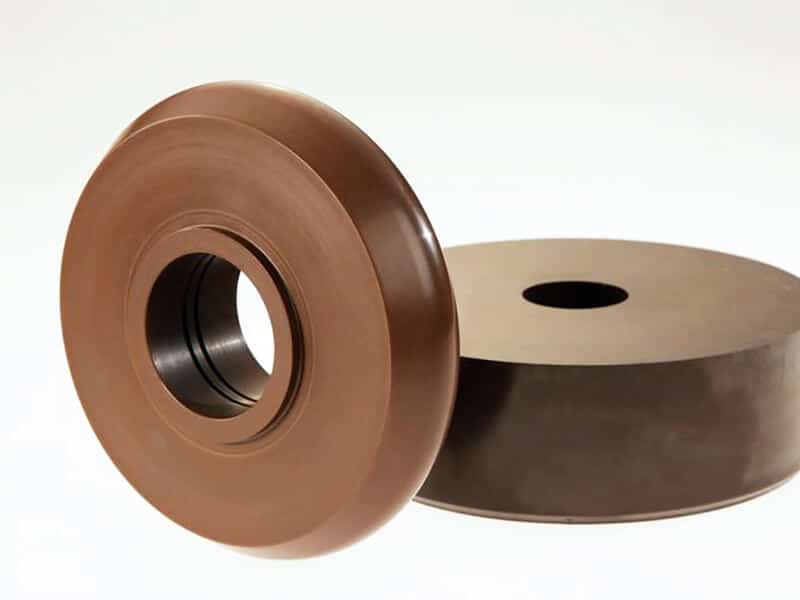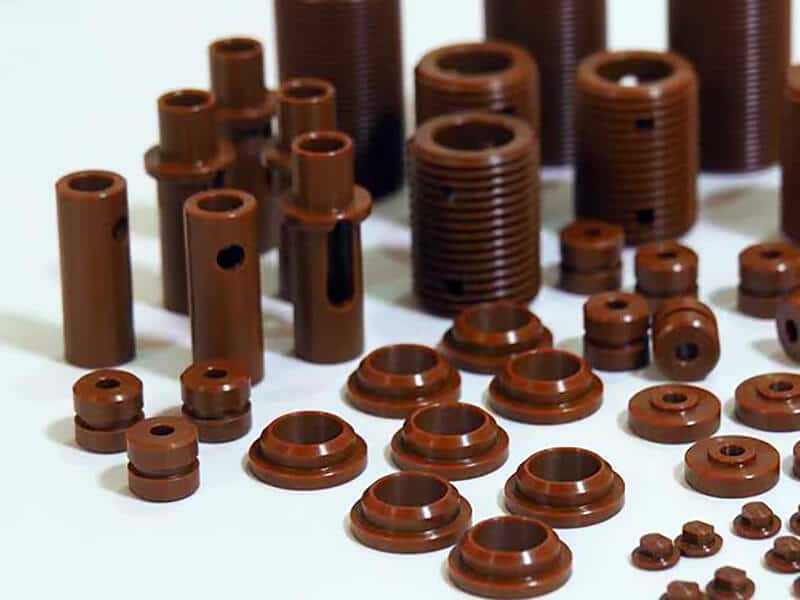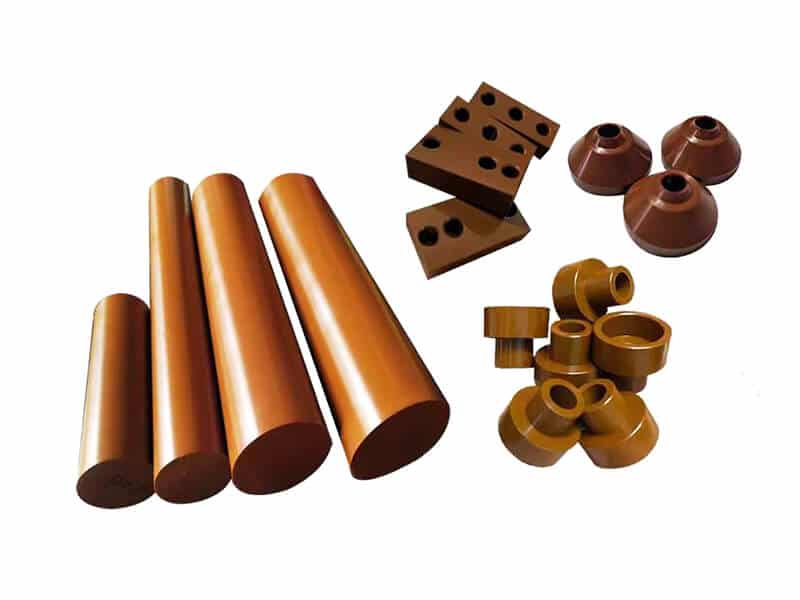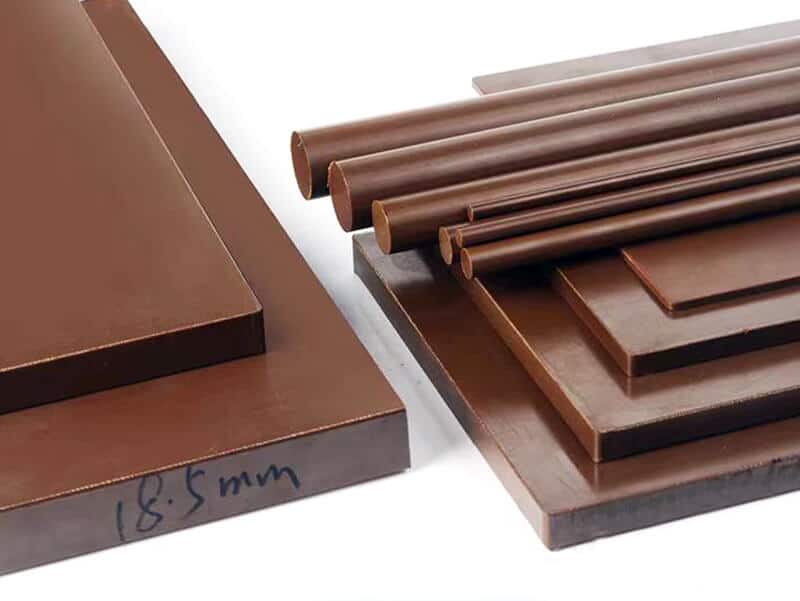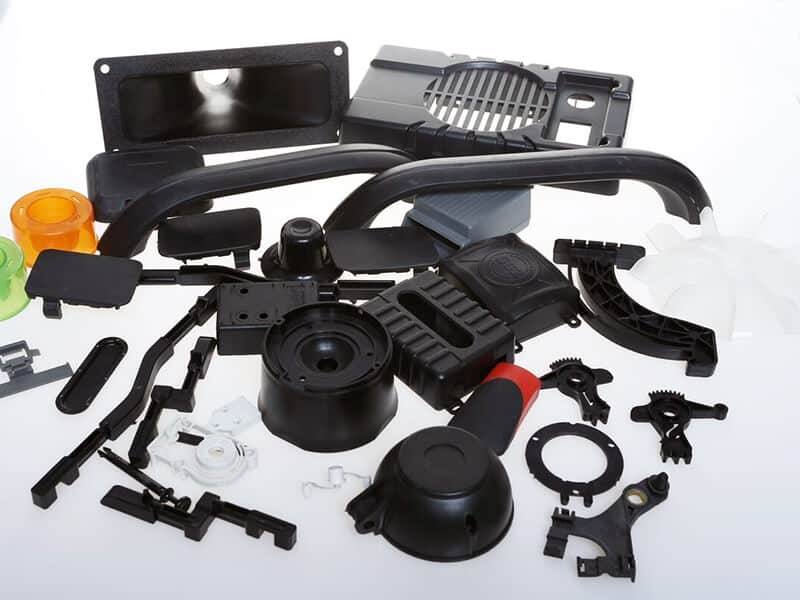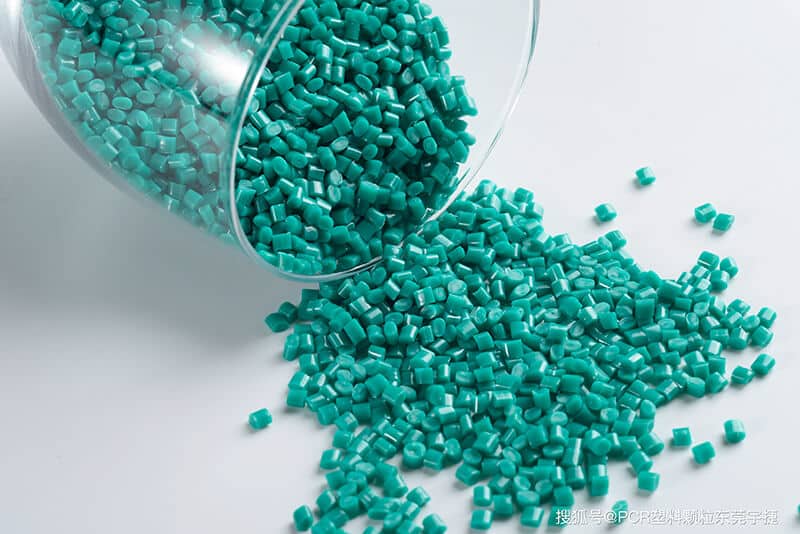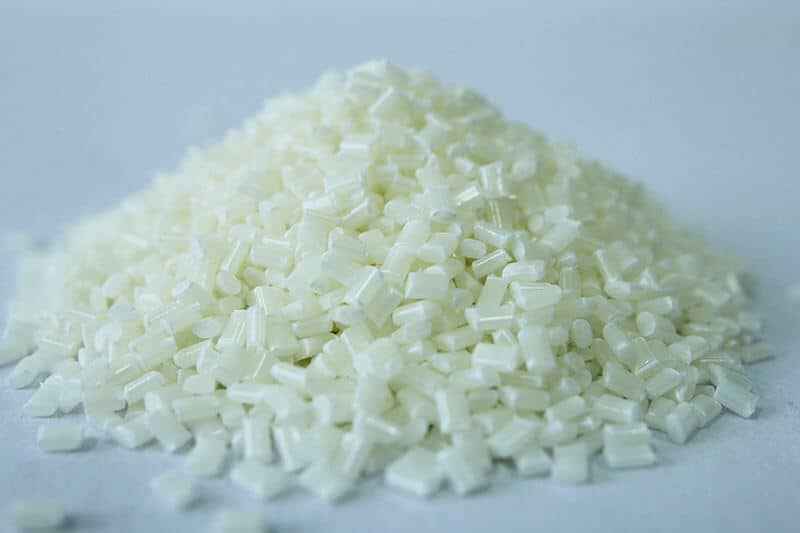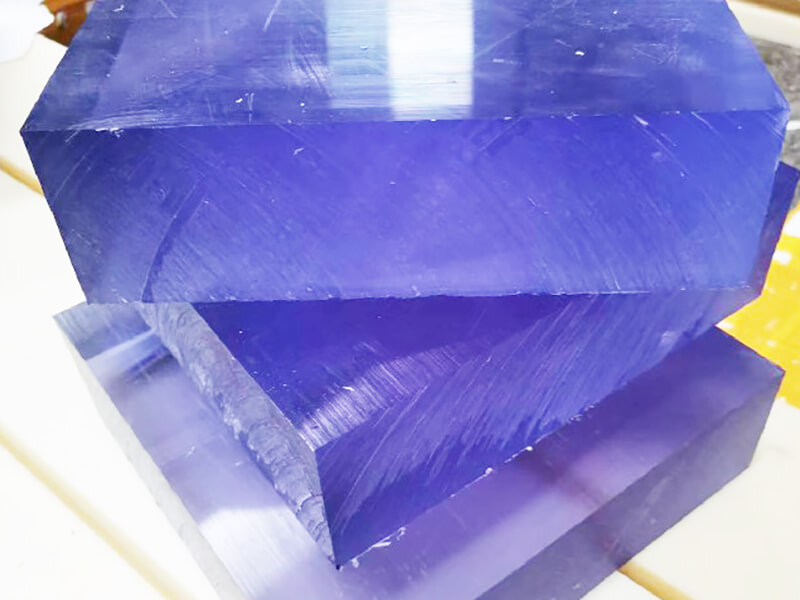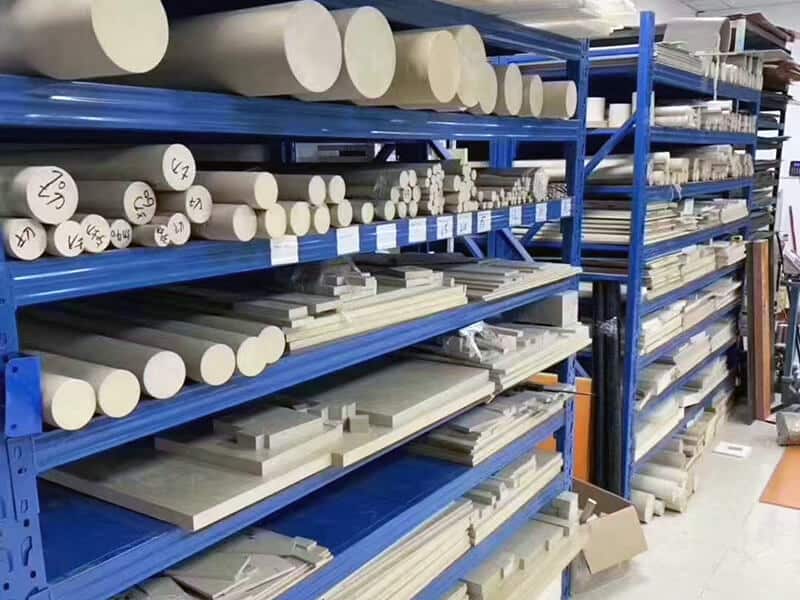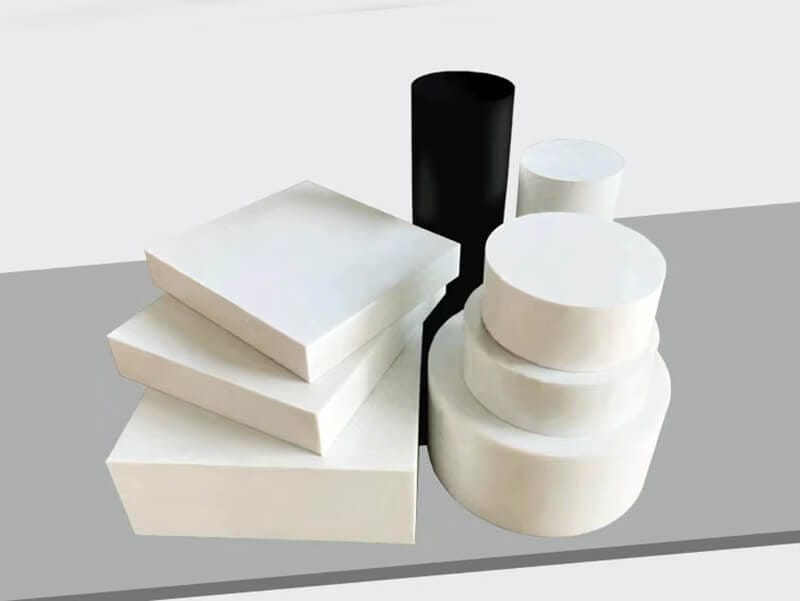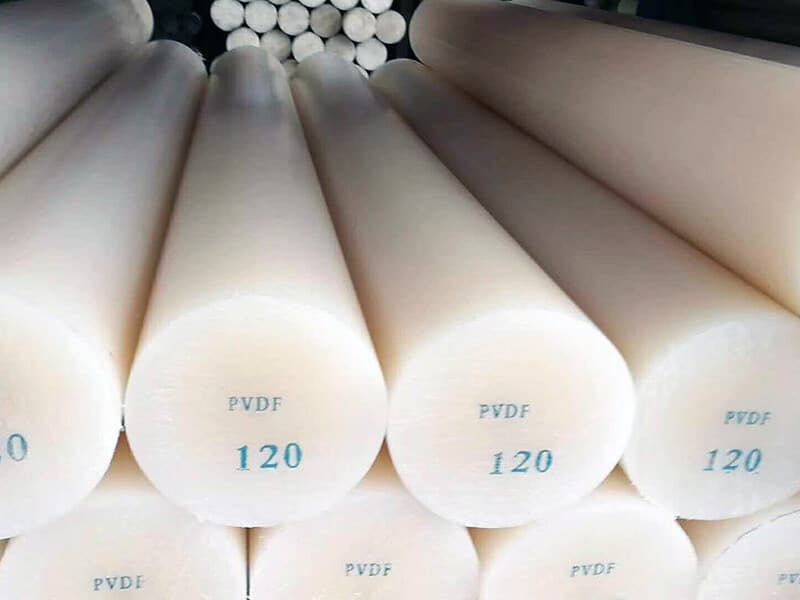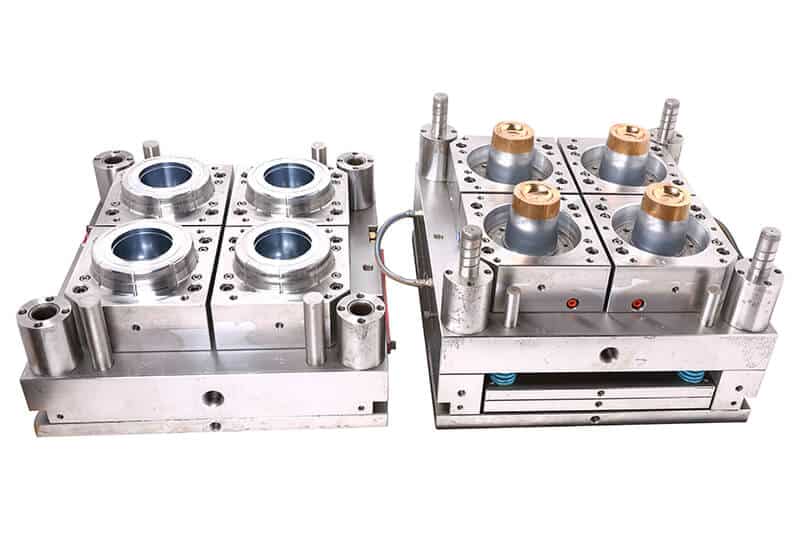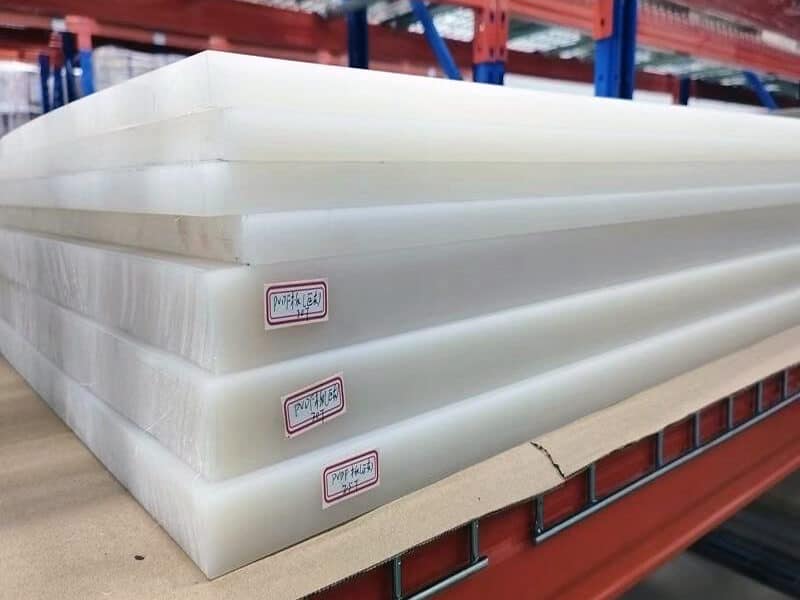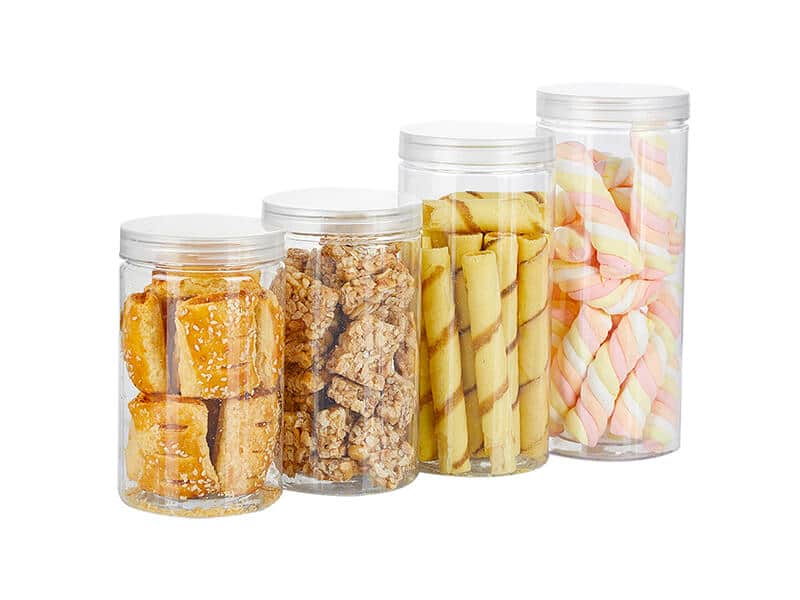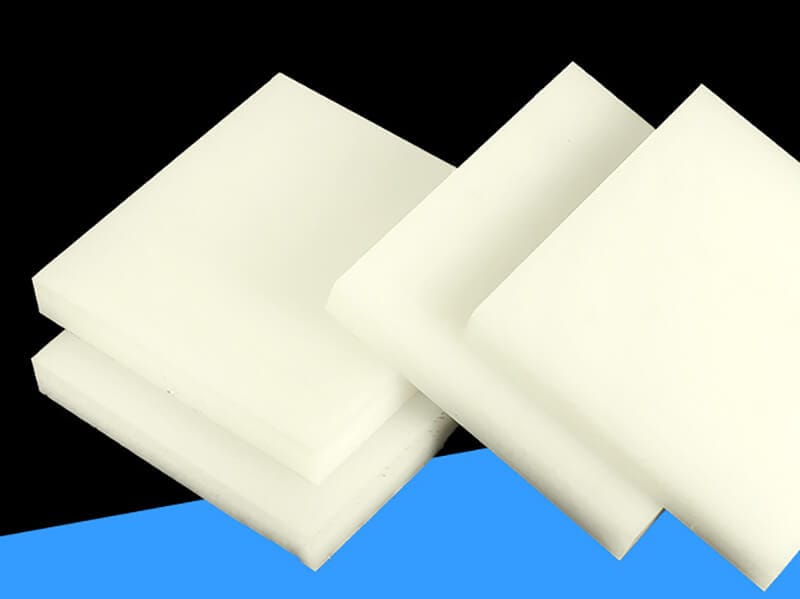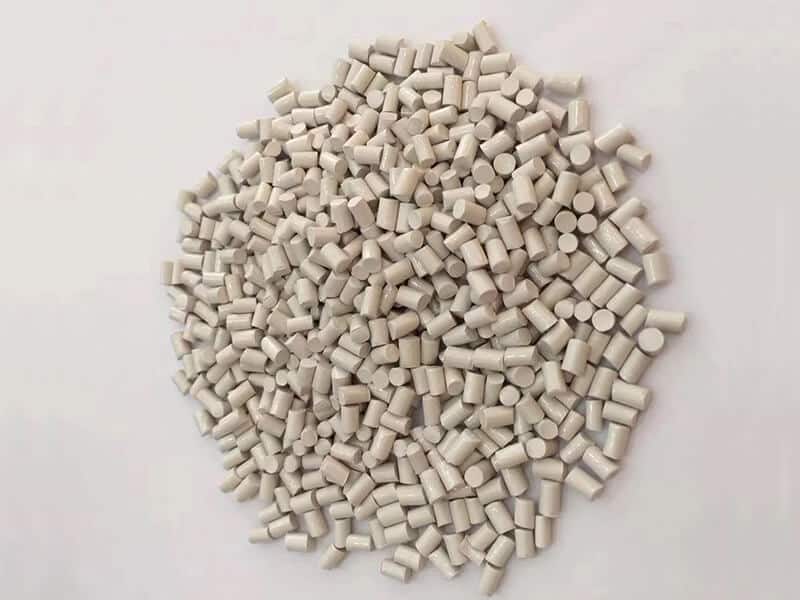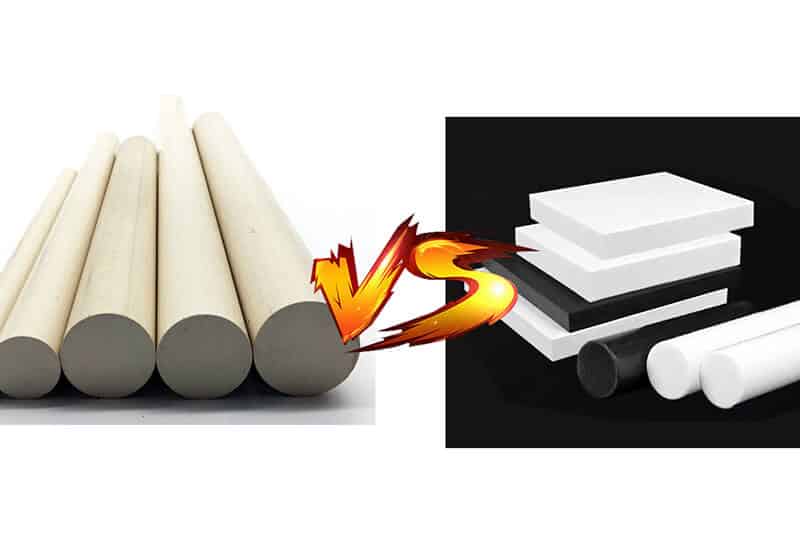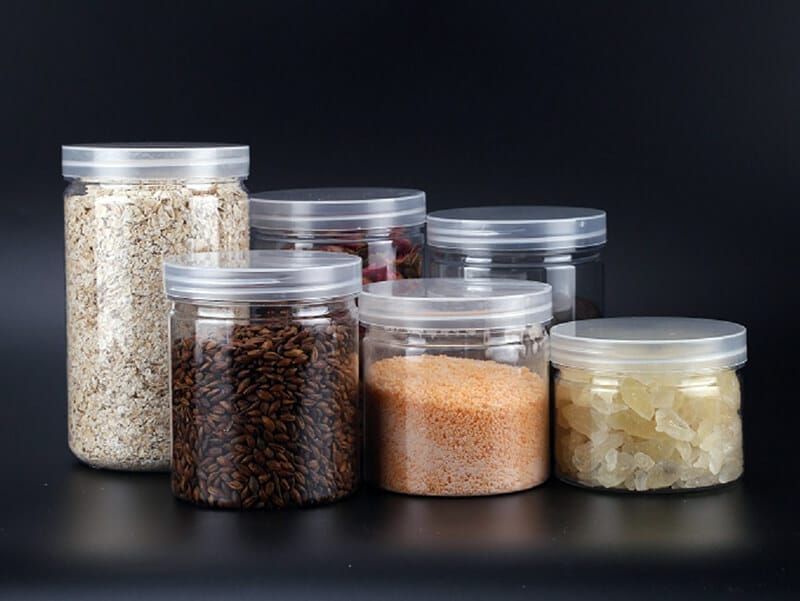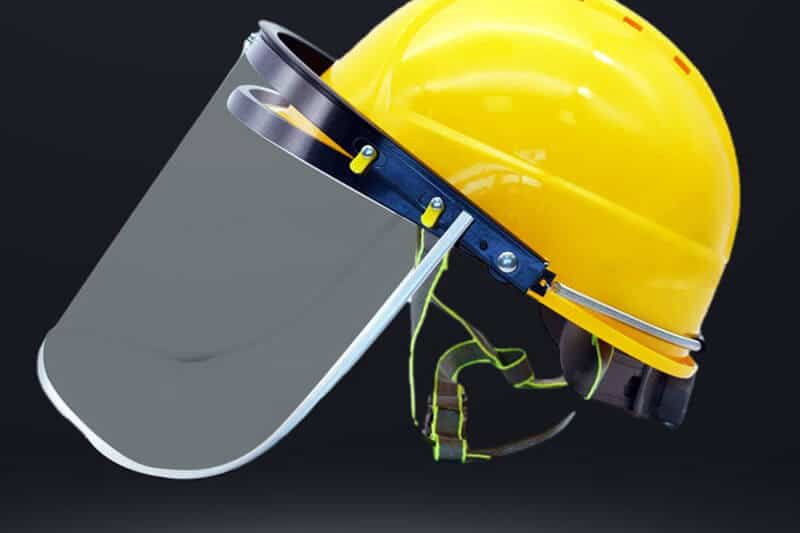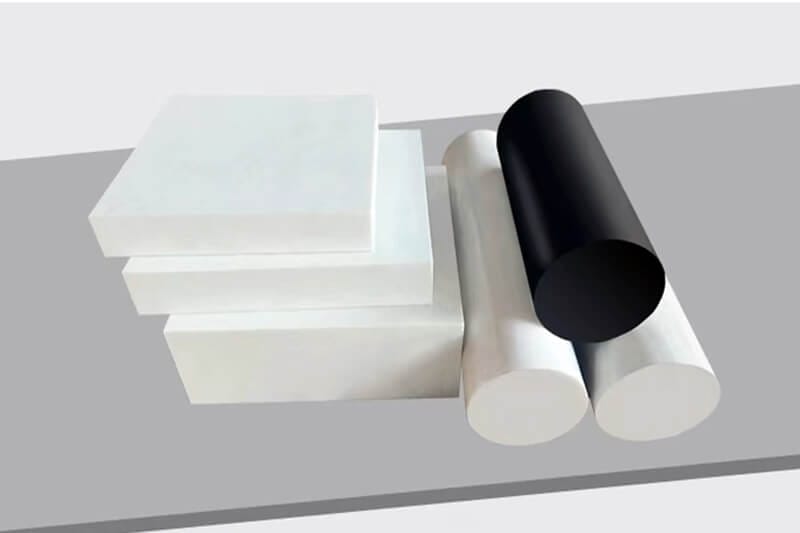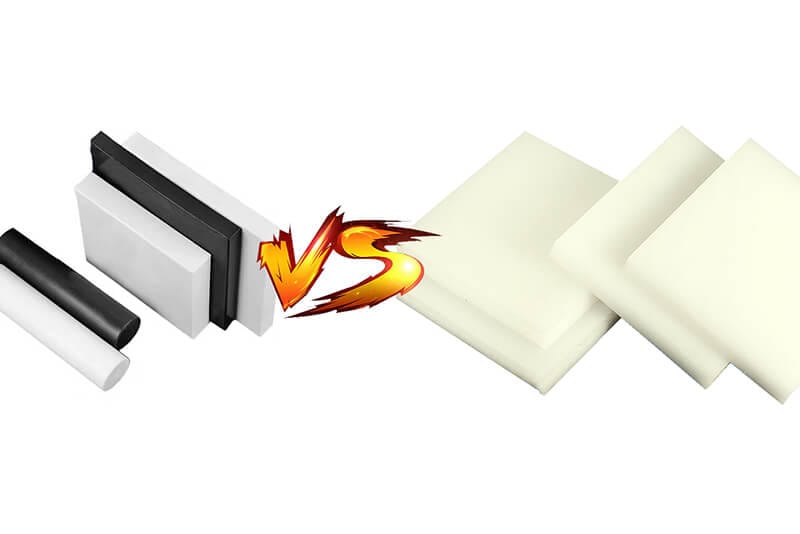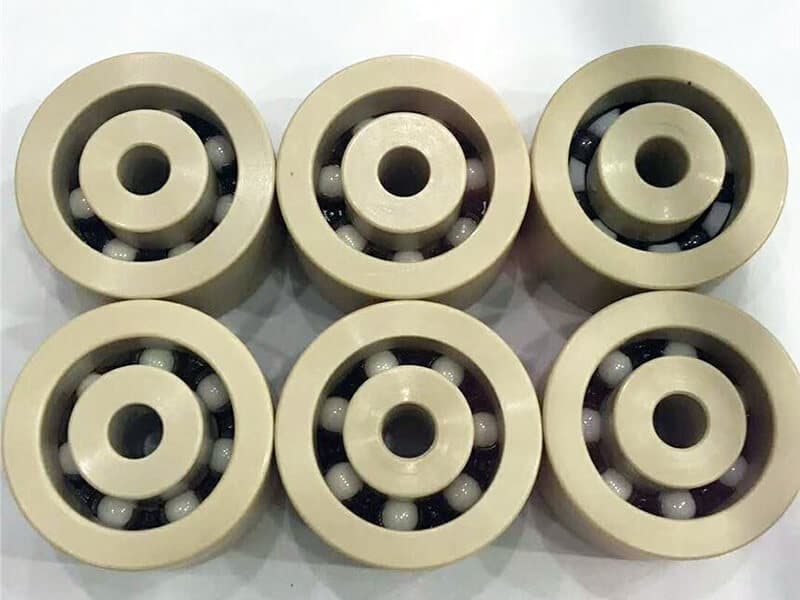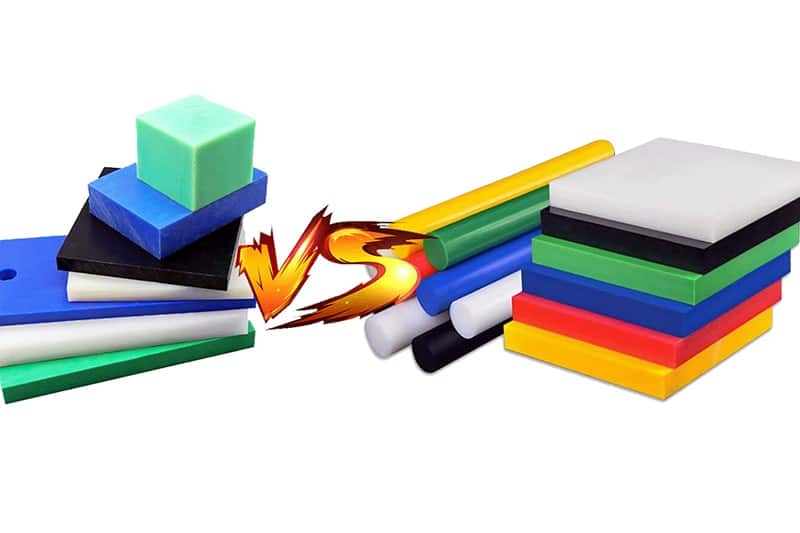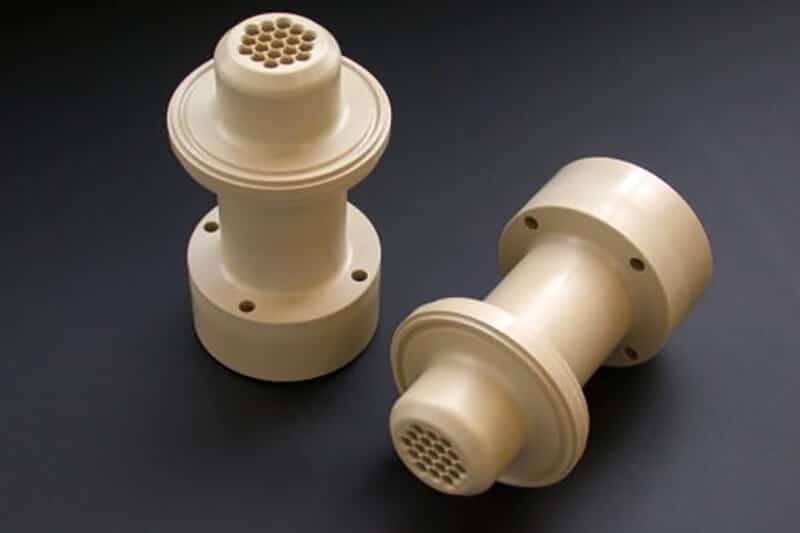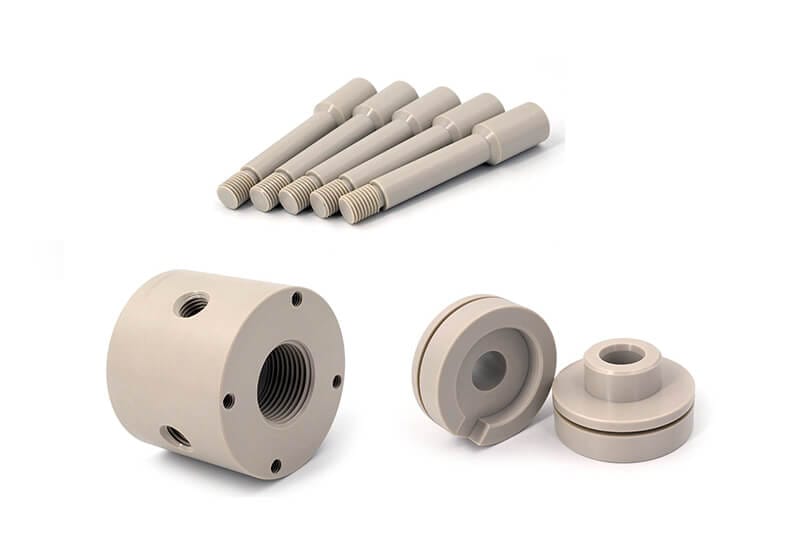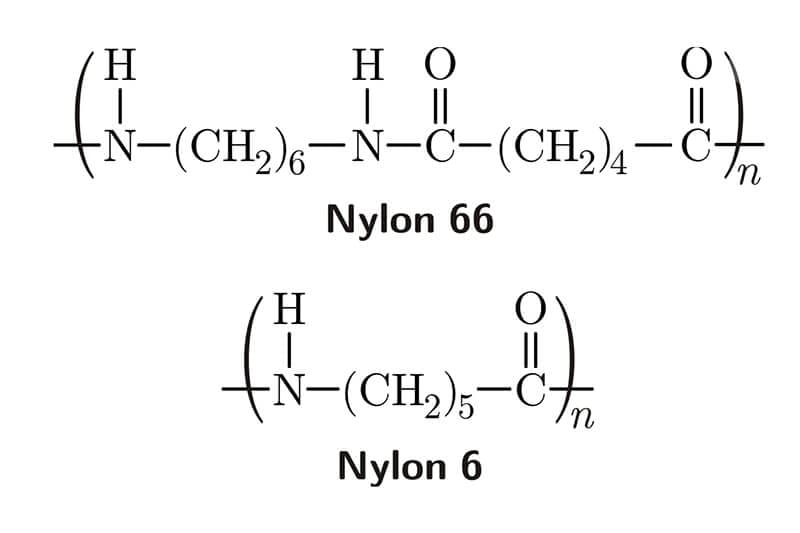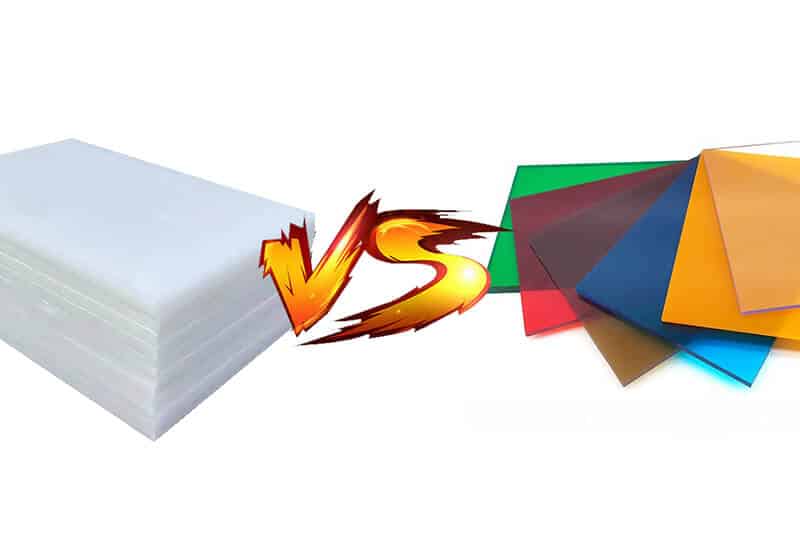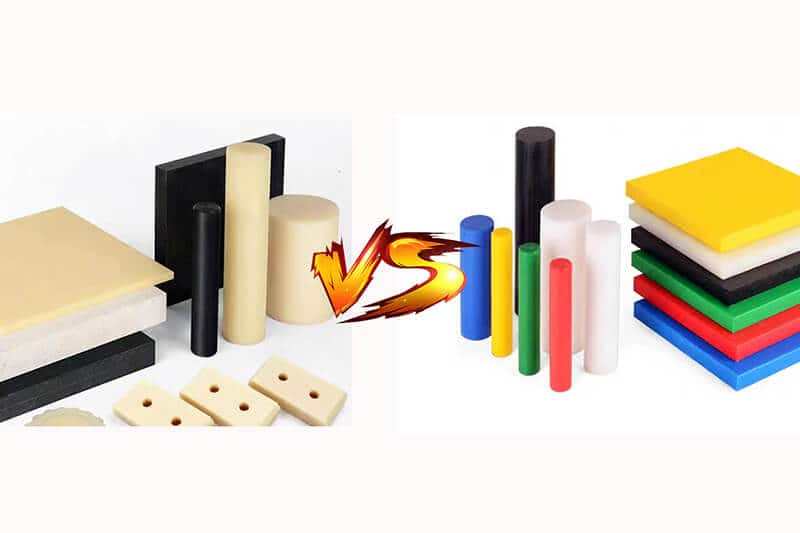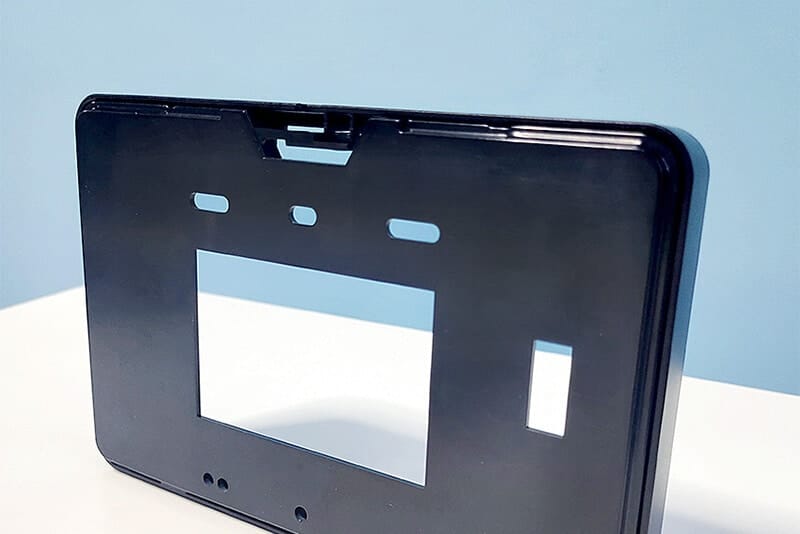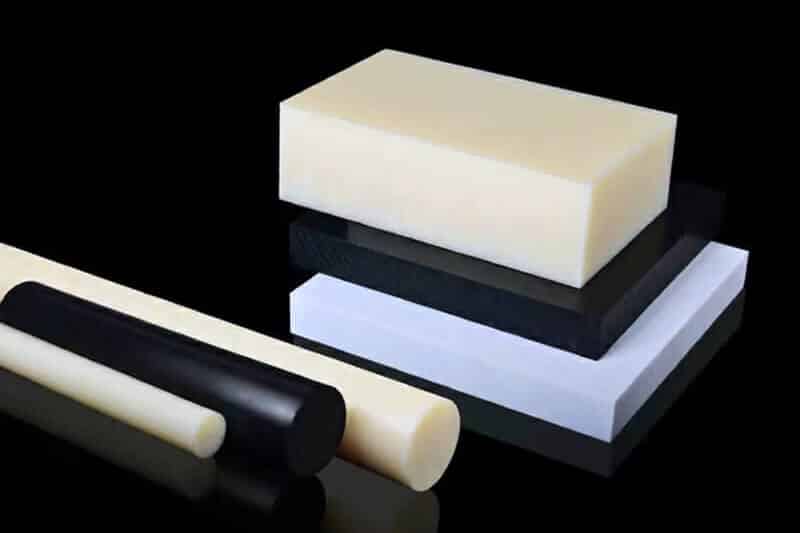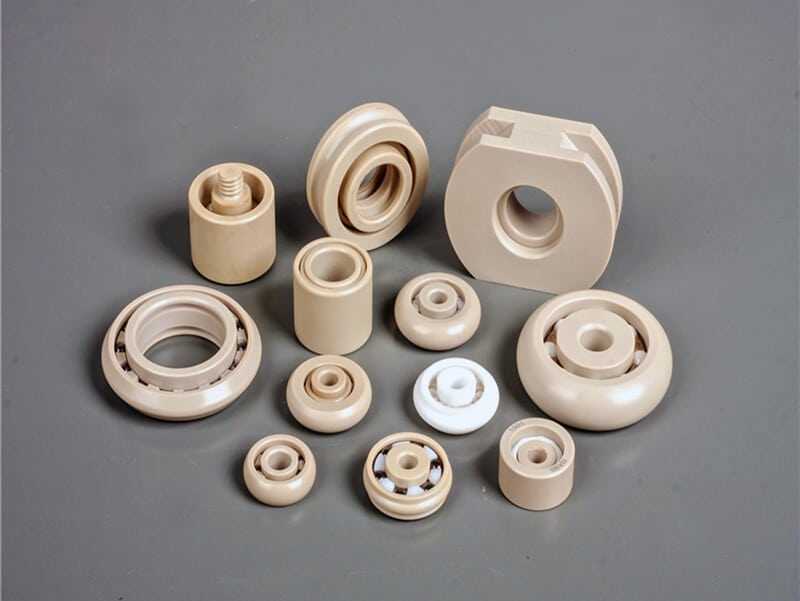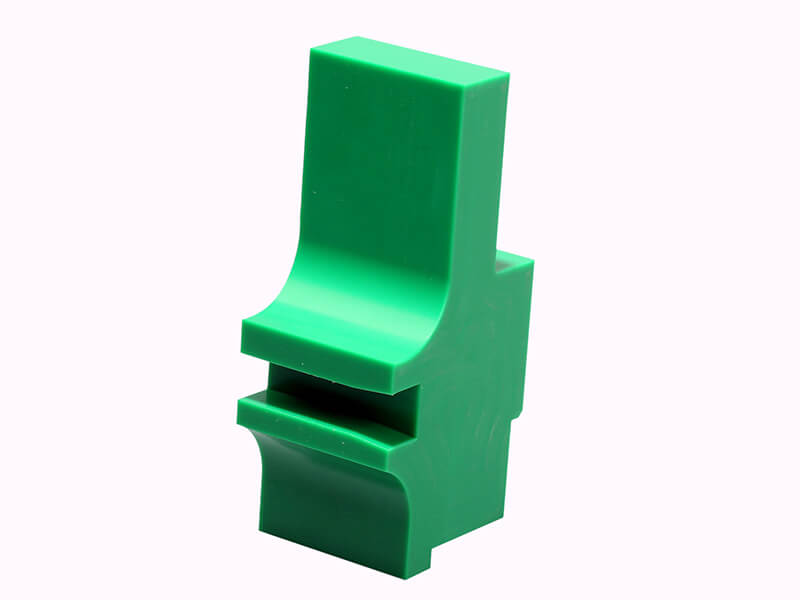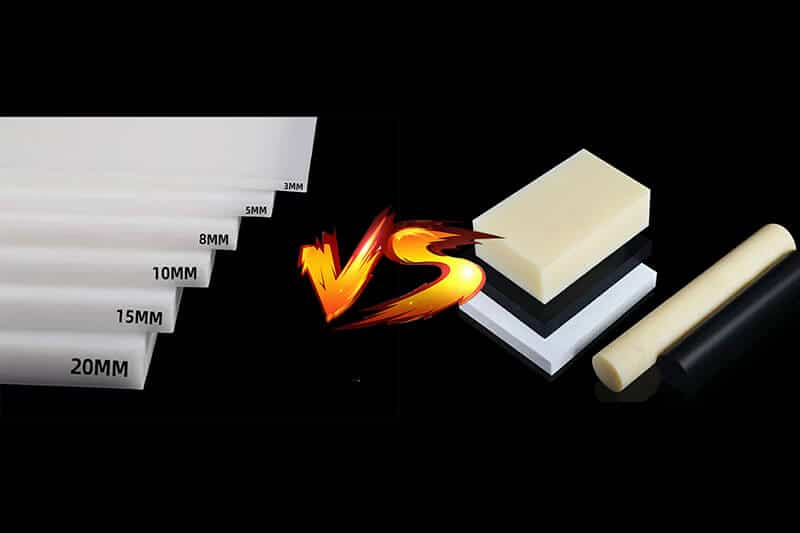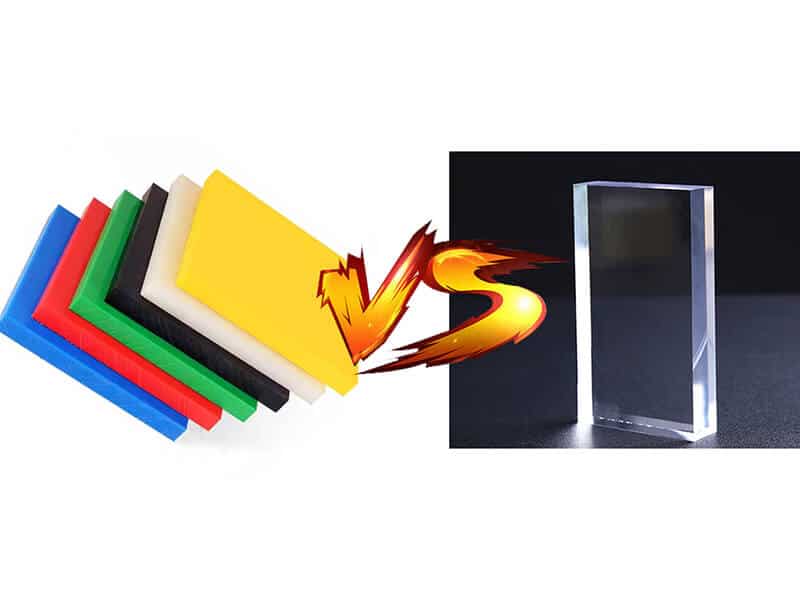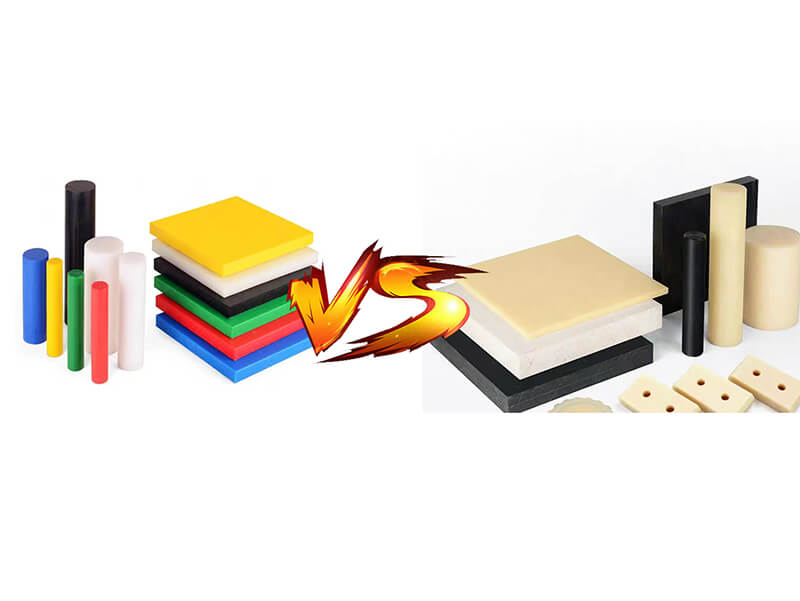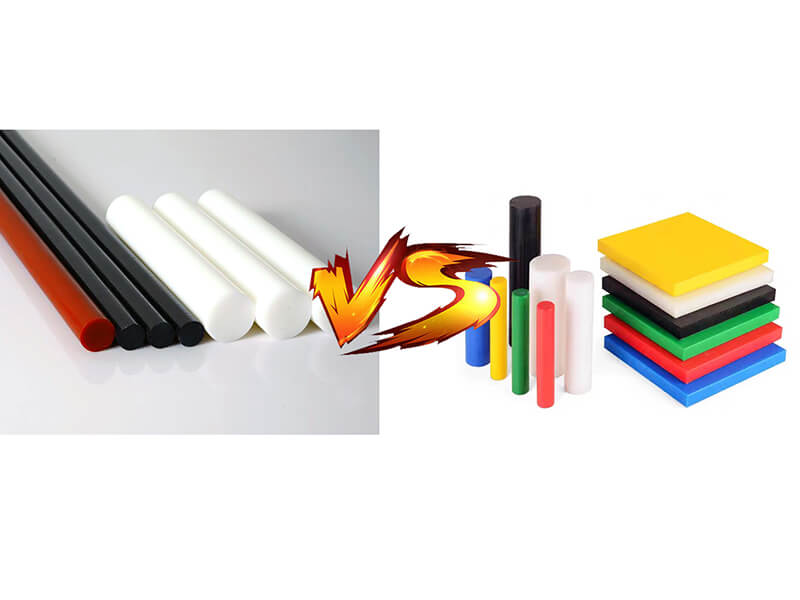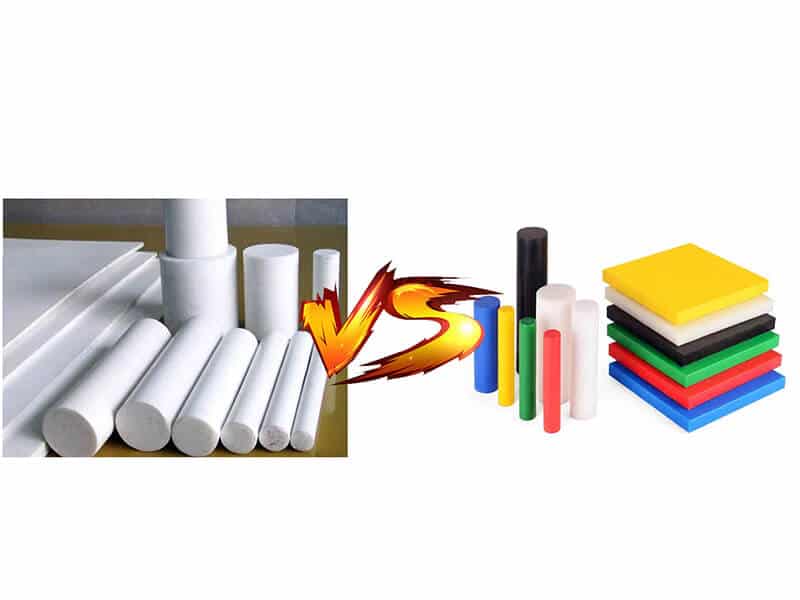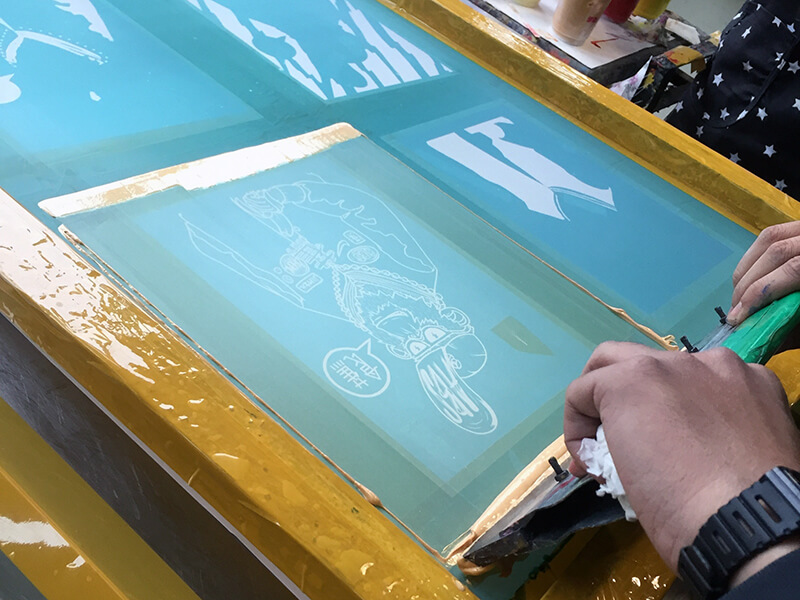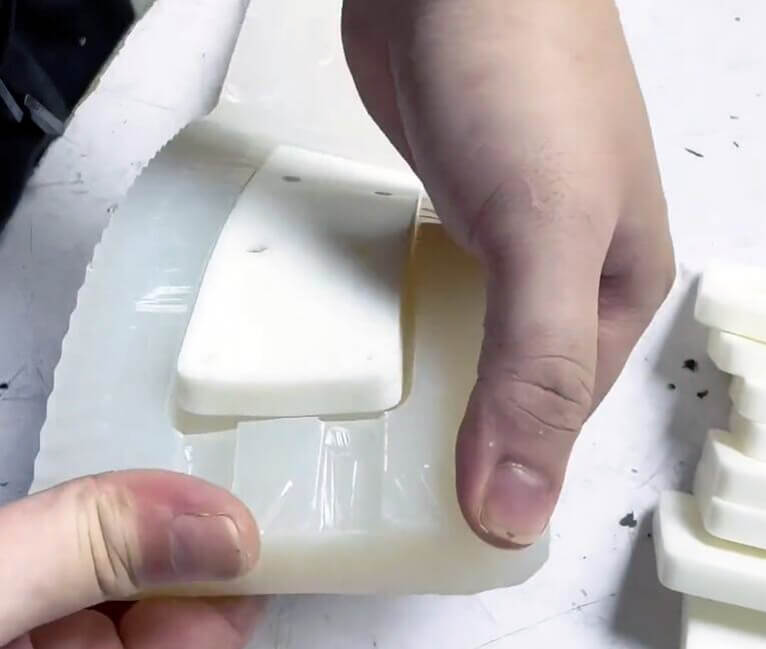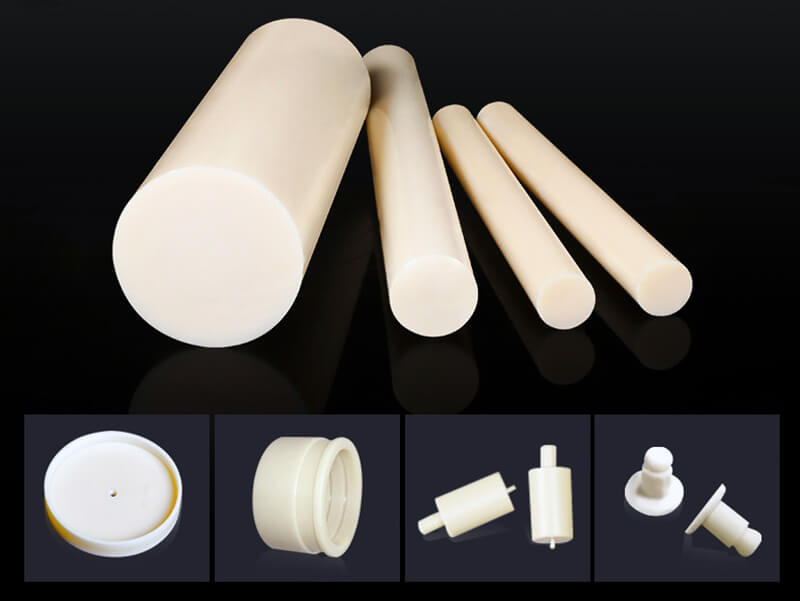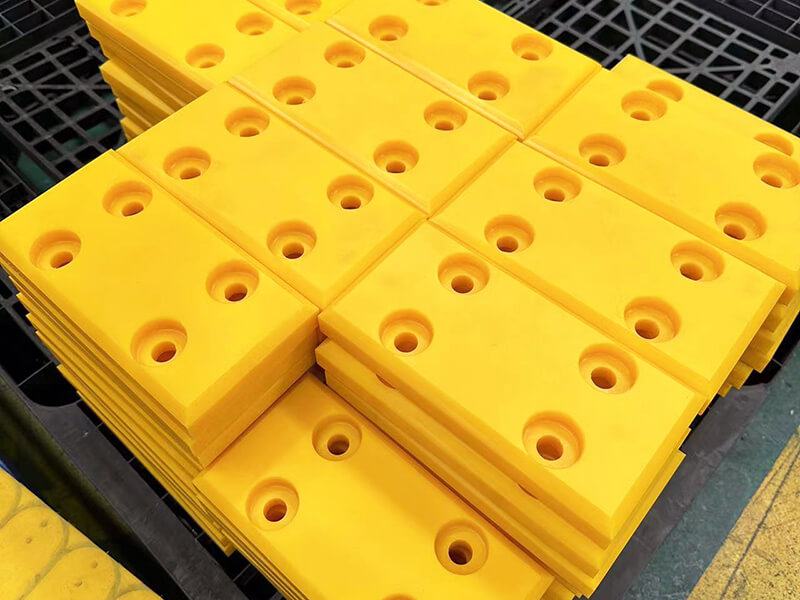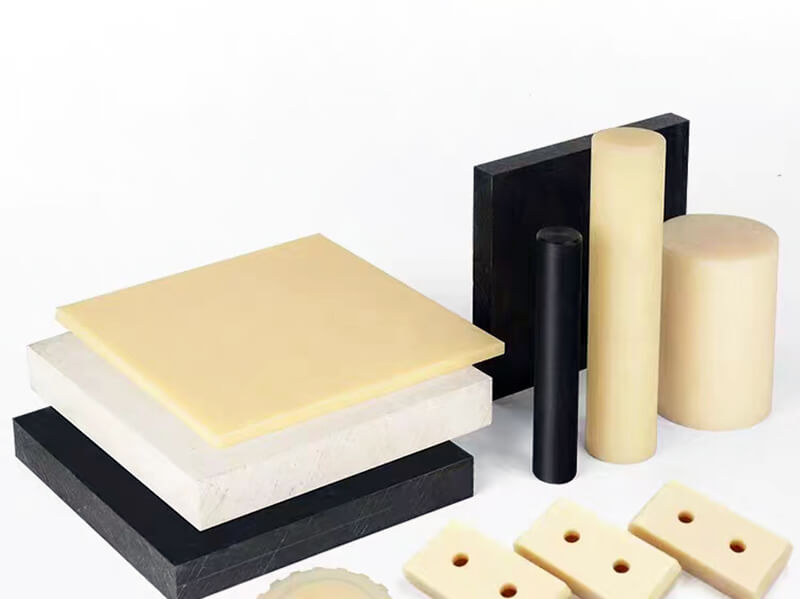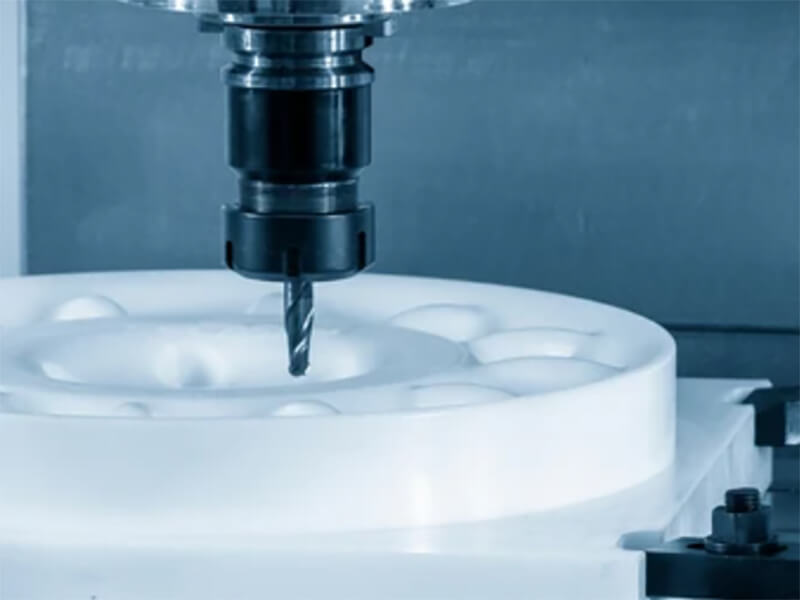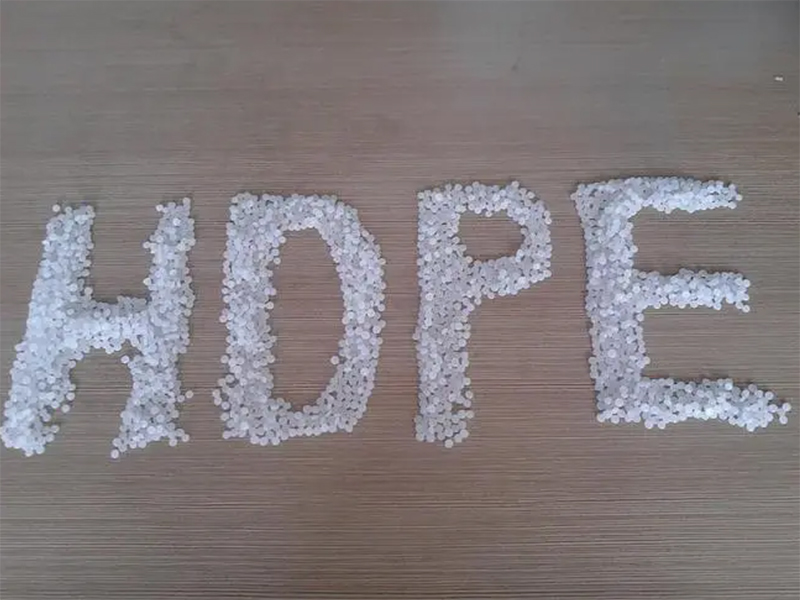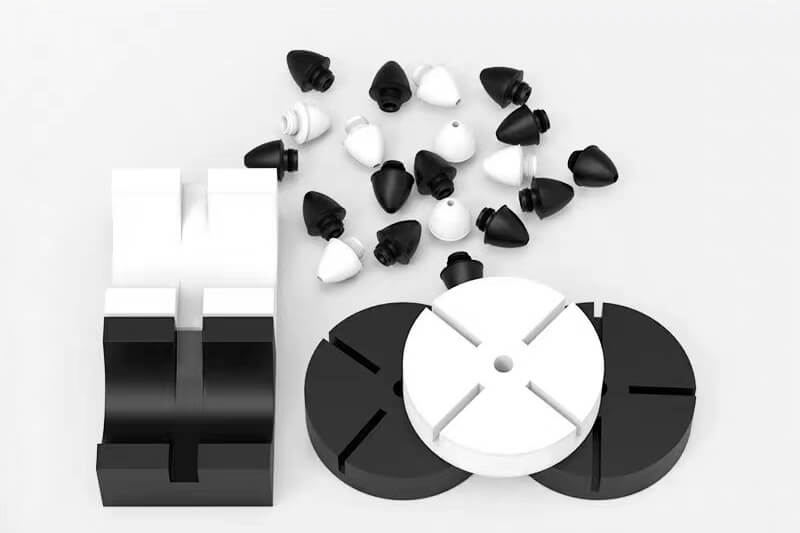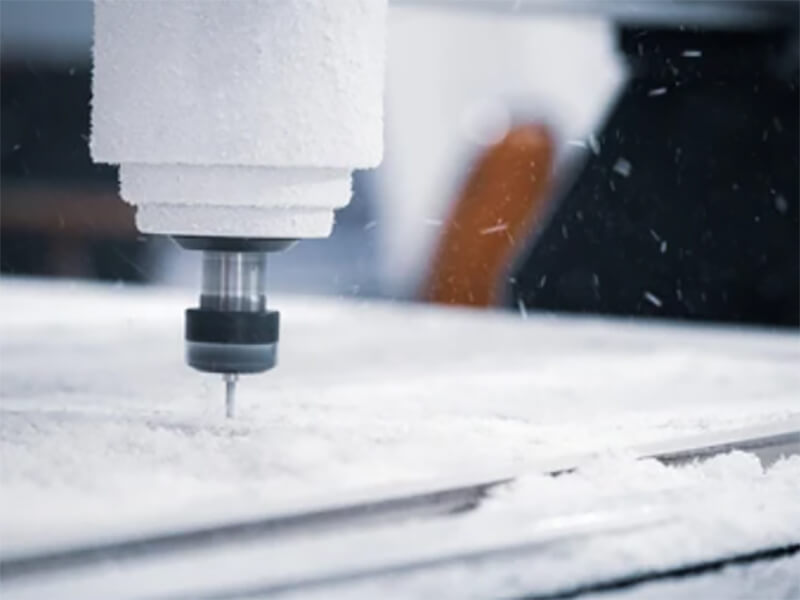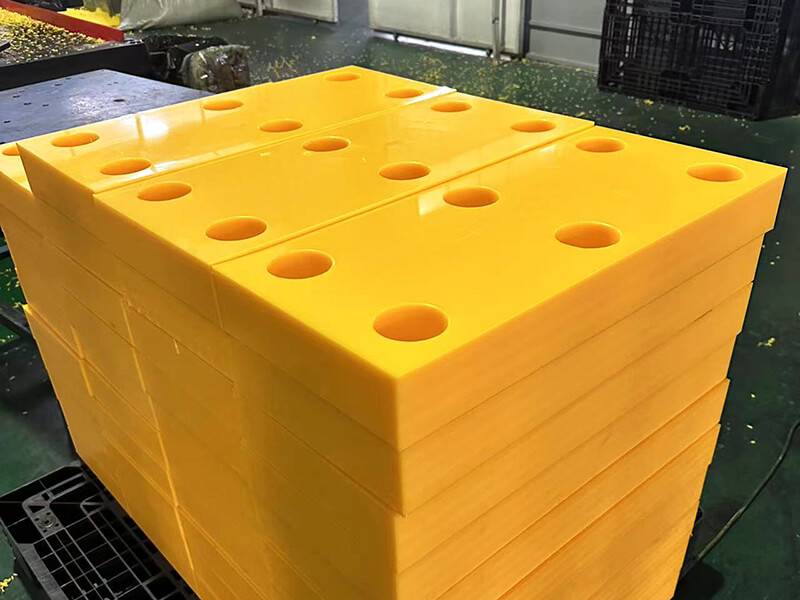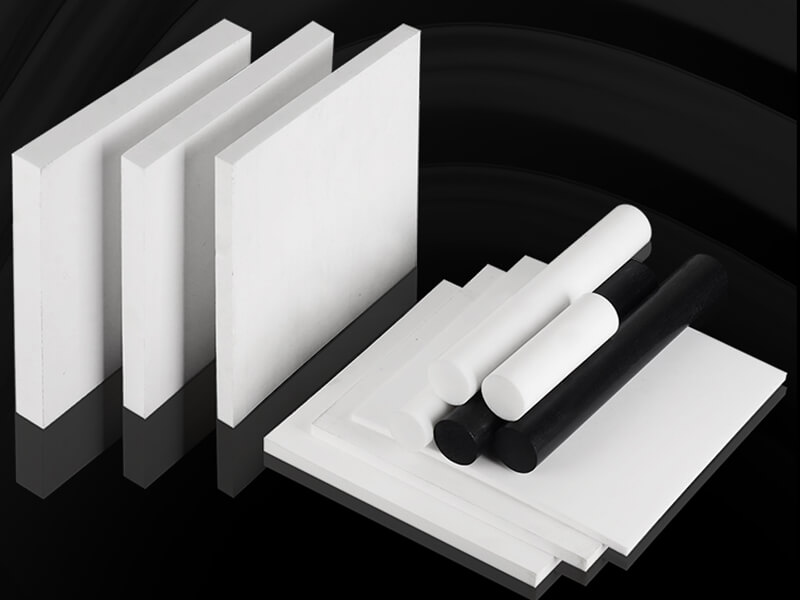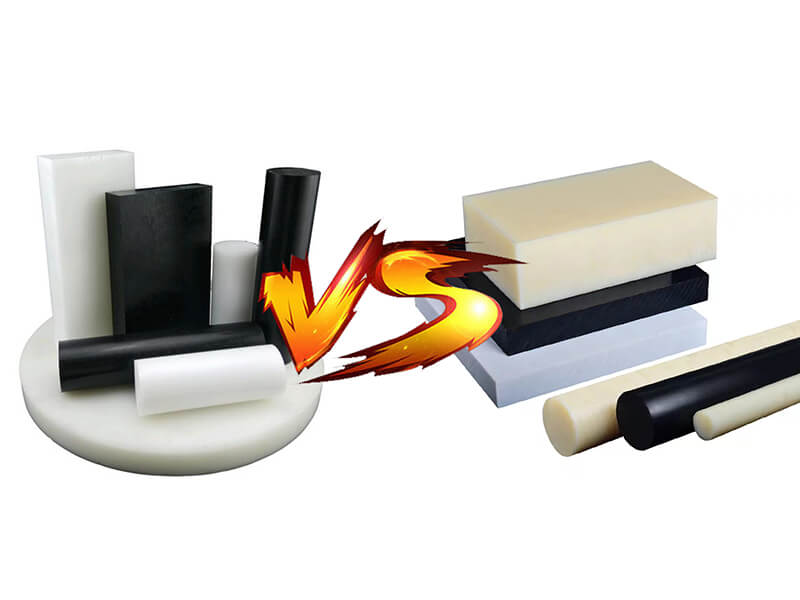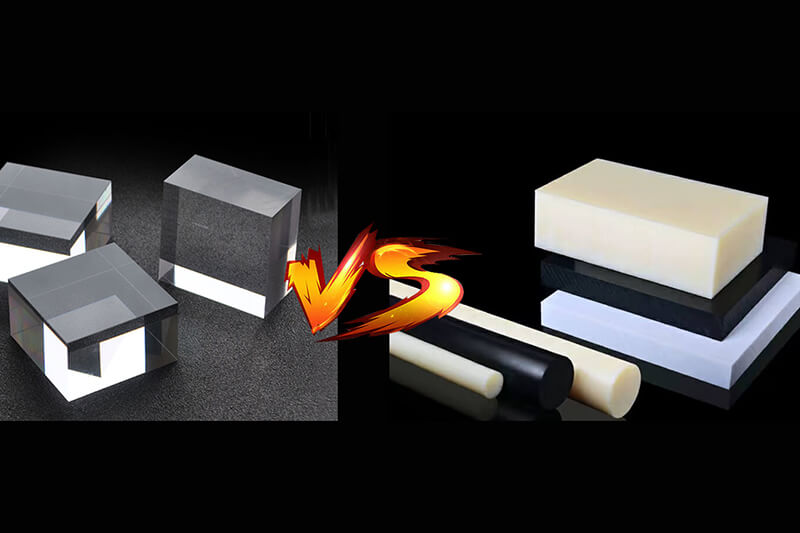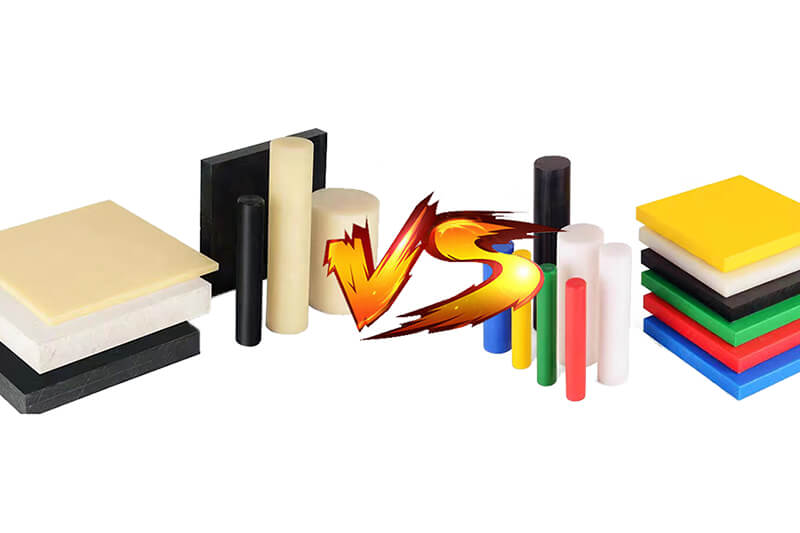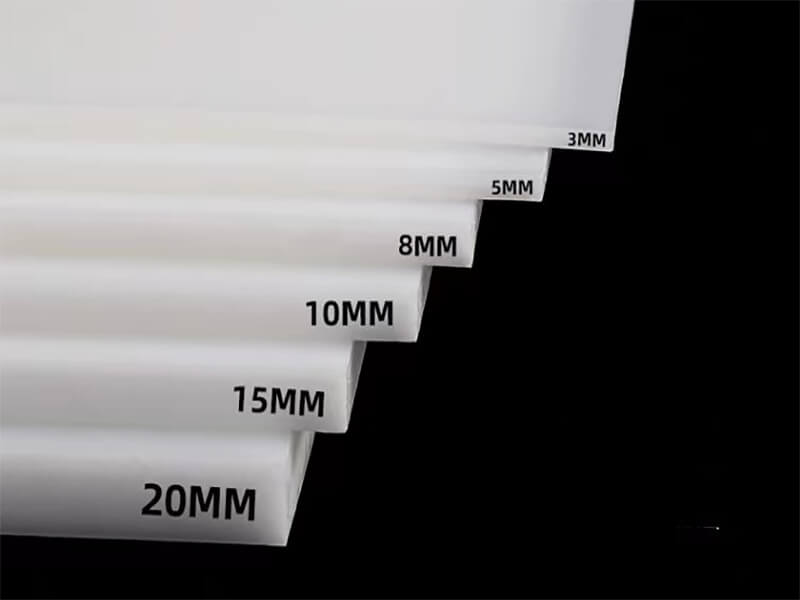ABS Plastic Property That You Should Know
Discover the extraordinary properties of ABS plastic. From strength to versatility, explore its wonders in our comprehensive guide.

ABS plastic or Acrylonitrile Butadiene Styrene is widely known as a thermoplastic polymer. It has various types of property advancement that make it suitable for the manufacturing world. However, this plastic material is engineered to provide a good melting point with easy moulding in common methods like injection moulding or 3D printing. Here we will provide a detailed overview of the revolutionary properties of ABS plastic.
Revolutionary Properties of ABS Plastic
The best part of becoming the ultimate plastic material for the industrial level is the properties of the ABS thermoplastic. Here we will explore the properties that made this plastic material suitable for manufacturing.
UV Resistance
UV rays are harmful light that changes or breaks the chemical bond of a plastic including ABS. So, it loses integrity and reduces the product lifespan that is made of the ABS. In that case, coating a protective layer on the surface of the ABS plastic can resist UV and RV rays. Usually, the resistance coating is applied while forming a product in injection moulding or 3D printing.
Tensile Strength
ABS is a strong and good tensile strength exhibit. It has an impressive load-bearing capability that can manage 30-60 MPa without deformation or breaking. That makes the ABS a better option for products that need to withstand pulling. However, the yield and tensile strength depend on the temperature change.
Elastic Property
The elasticity property or Young’s modulus represents the stiffness ability of a material. In that case, ABS plastic has a 1.9-2.5 GPa score that improves the ability to withstand shock and vibration. The lower GPa score is better for stiffness. So, ABS plastic has a lower level of elastic property that provides cracking and fracturing protection.
Shrinking Rate
After moulding any plastic material, it shrinks according to the shrinking rate. If you don’t pay attention to the shrinking rate then the product will not be dimensionally perfect. In that case, like the other plastic, ABS shrinks between 0.4% to 0.8% according to the moulding method and temperature.
Chemical Resistance
ABS is a managed plastic material that is made with acrylonitrile, butadiene, and styrene. Where the acrylonitrile is made with propylene and ammonia. Here the propylene and ammonia exhibit great chemical resistance ability. Therefore, the acrylonitrile element of ABS resists various chemicals including acids, solvents, and alkalis.
Electrical Conductivity
Every plastic material works as an insulator. In that case, the ABS plastic only conducts 10-17 S/cm electricity which makes it an excellent electrical insulator. However, the conductivity of the ABS plastic can be increased by applying carbonaceous filler. However, the pure ABS material is non-conductive.
Dimensional Stability
The dimensional stability of a plastic product is an essential property. Especially creating prototypes needs perfect geometrical measurement for proper understanding, However, the ABS has a moderate level of coefficient of thermal expansion. So, the product may shrink or expand by the changes in temperature.
Thermal Stability
As we know ABS has a moderate CTE that makes it dimensionally stable. On the other hand, this engineered plastic also provides better thermal stability. In other words, it allows the heat to change repeatedly without deformation or degradation. That means we can use this material to produce products that can handle sunlight and other heat sources. However, extreme heat or UV rays can change the integrity of the product and can cause colour fading.
Lightweight
The density of ABS thermoplastic is between 1.020 g/cm3 to 1.210 g/cm3. That means this thermoplastic has a low count of density. In other words, the molecular structure of ABS plastic is random and disorganised. So, it exhibits lower density which reduces the overall weight of the material and makes it lightweight but strong.
Improved Mechanical Property
As we know ABS is a lightweight, thermally stable, and flexible plastic. So, it can be used in many manufacturing methods including, 3D printing, injection moulding, etc. It is also perfect for sanding and other surface finishing. On the other hand, ABS has a versatile colour property that makes it suitable for different types of applications. Overall, it projects improved mechanical advancement.
Eco-Friendly or Biocompatibility
ABS plastic is eco-friendly and biocompatible. It does not harm the human tissue and fluid when it comes in contact with it. On the other hand, this thermoplastic is non-cytotoxic and more than 90% biocompatible. That is why ABS plastic materials are becoming popular for medical applications.
Melting Point
The melting point explains how much temperature changes the molecular integrity and changes the dimensional property. However, ABS thermoplastic has a lower melting point than other thermoplastics. For instance, this thermoplastic melts at 200°C to 240°C. That makes it suitable for manufacturing processes like 3D printing and injection moulding.
Water Absorption
The ABS plastic materials also provide a moisturised resistance property as they repel water absorption. So, these materials can be used in marine applications like boat making.
Recyclable Advancement
The most important part of a material is the recyclable ability. In other words, how often a material can be recycled projects the useability and other benefits. However, this thermoplastic is easy to melt and convert into a new usable product. So, it represents a good recyclable advancement.
Thermal Resistance
ABS plastic poses a limited thermal resistance point. However, the thermal resistance score of this thermoplastic is between -20 °C to 80 °C. That means, it will perform best while remaining in this limited temperature.
Better Surface Finishing
Unlike any other plastic materials, ABS provides better surface finishing capability. That means it is super flexible with surface finishing methods like sanding, polishing, and other methods.
Appearance Versatility
ABS plastics offer a variety of colours with stability. So, if you want to improve the aesthetic versatility then this thermoplastic will be your go-to material. However, continuous exposure to UV rays can cause colour fading and cracking.
Optical Properties
The ABS thermoplastic is opaque and provides a low level of optical transmission. On the other hand, polycarbonate is a clear material that provides good optical benefits. However, the PC-ABS material is between clear and opaque. So, in some cases, it provides light reflections. Overall, pure ABS is not that suitable for optical transmissions. Besides the ABS thermoplastic has a 40-96% gloss score.
Final Word
In this article, we have tried to provide a comprehensive idea about the properties of the ABS thermoplastic. Over the ages, it has become one of the finest plastic materials that improves the manufacturing process. On the other hand, it changes the plastic material manufacturing world with versatile applications.
Related Blogs

Looking for a trustworthy Supplier
Need a Trustworthy Supplier of Plastic, Foam, Sponge, Rubber, Metal, and Machining Solution. Click the Button, We Will Be In Touch With You As Quickly As Possible.
